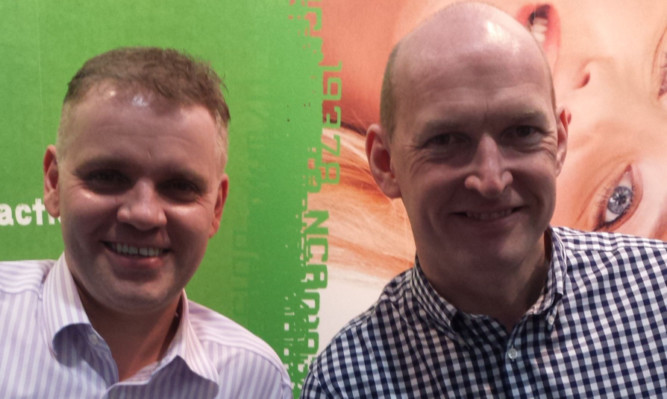Experts in Dundee have achieved what was hailed as the biggest improvement in the operation of ATMs in half a century.
NCR yesterday launched Kalpana software to run cash machines remotely through a highly secure cloud-based platform.
Rather than each ATM having its own software and offering only a limited range of services from that terminal, Kalpana gives direct access from thin client ATMs to the bank’s datacentre.
Changing from a Windows to an Android operating system also offers a greater range of services for a customer entering his or her personal identity number at a terminal.
Safely withdrawing money using a smartphone or fingerprints will be easy with Kalpana.
It is also designed to eliminate malware and reduce operating costs by up to 40% by streamlining operational processes.
The UK Government has called for smart ATMs to better serve consumers with improved technology.
NCR estimates that 75% of the world’s 2.2 million ATMs still run on Windows XP despite support ending a year ago.
In the UK it is believed that in the first six months of last year cash-machine fraud totalled £14.3 million.
Against this background, the banking industry was challenged to provide safe, cloud-based mobile-first ATMs.
To meet this challenge, the NCR’s global research and development centre for financial services, where about 500 people are employed, stepped up to the plate.
Its centre of excellence team of software architects, product designers, systems engineers and security programmers produced the cloud-based solution.
Andy Monaghan, director of software engineering at the Discovery Centre, said: “I am very proud of the team in Dundee.
“They have extensive knowledge of how ATMs work, and they applied their knowledge of technology, innovation and talent to produce this solution,” he added.
Cardtronics, the world’s largest retail ATM operator, is soon to pilot the Kalpana software and Android ATM in Texas.
It is estimated a bank with a network of 100 ATMs could save up to $800,000 a year with Kalpana in operational and security costs.
